Since many aquascaping competitions require the submission of images via the internet, photography and aquascaping are closely linked. Takashi Amano, the originator of nature aquaristics, was also a landscape and nature photographer, uniting the two topics. But not only for the so-called "Final Shot" of an aquascaping layout, it is important to be able to shoot attractive photos. In order to depict plants or inhabitants of the aquarium in general, some basics are required. We show you here what to look out for.
Position
The glass panes of an aquarium can cause unusual distortions of the images depending on the angle of incidence of the camera. It is therefore important that the lens of the camera is aligned as parallel as possible to the front of the aquarium. For good pictures it is also very rewarding to at least clean the fron pane of the tank from the inside and outside. For cleaning the inside you can use the usual glass cleaners and sponges.
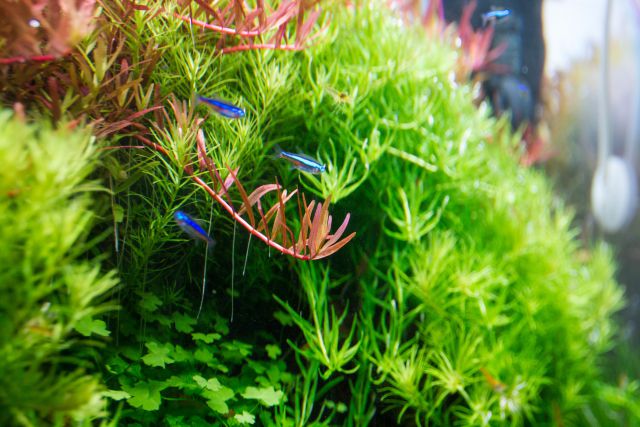
Oblique angles of incidence often cause distortions of the images. This sample photo looks very compressed on the side.
Surroundings
Since an aquarium happens to be made of glass, reflections on the panes can occur. This looks distracting in the pictures. In a photo shoot you should therefore avoid external light from other sources such as windows, as well as light reflections from other bright surfaces in the room. This can be, for example, bright furniture, but in extreme cases also simply the bright hands or clothing of the photographer. To avoid this, the room should be darkened as much as possible; bright areas are covered with dark cloths (for example black molleton). The photographer should wear dark clothes, if necessary even dark gloves.
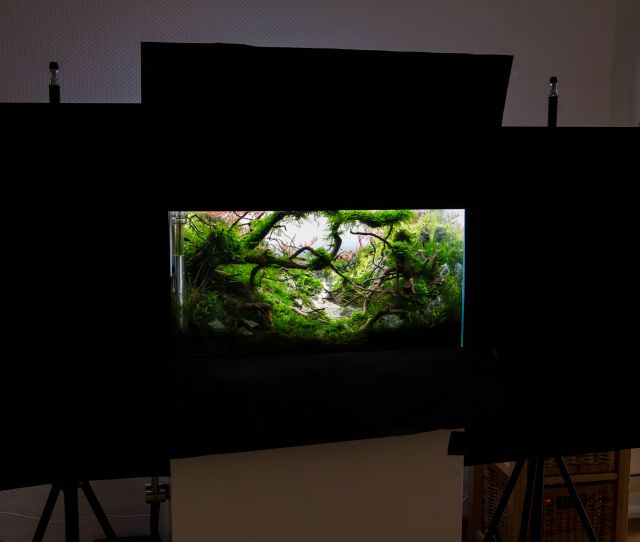
Photo frame made of black cardboard.
To further avoid reflections, it is advisable to fashion a black frame (for example made of craft cardboard) around the front pane of the aquarium. This reduces reflections that are caused by the stray light of the aquarium lighting caught by the lens of the camera or the white lettering on the camera.
Flash
Many smartphones, but also digital cameras automatically trigger a flash in the pre-set automatic mode, especially in poor lighting conditions. Unfortunately, this leads to unusable images, because the internal flashes of the devices cause unsightly white reflections on the aquarium panes. In this case you should disable the flash manually.
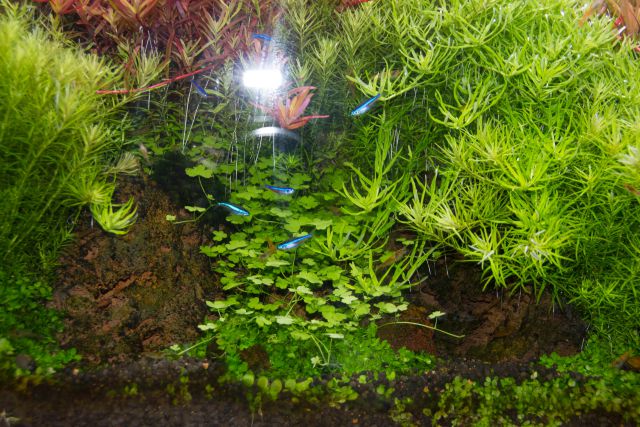
Although the internal flash provides a lot of brightness, it also causes unpleasant light reflections.
Of course, flashes can also be useful in aquarium photography, but in a detached way. This means that you use an external flash, which is positioned somewhere else, detached from the camera, for example, above the aquarium. The flash is controlled by cable or infrared signal from the device itself.
Sharpness
Of course you want to depict the objects to be photographed as clearly and sharply as possible. A good tip is to fix the camera with a tripod or other aids. Free-hand photos often result in blurred images, especially when slower shutter speeds have been selected (around 1/60 of a second or longer). In extreme cases, the pressure on the trigger button alone can cause blurring. In almost all digital cameras, however, you are able activate a timer, which ensures that the device triggers only a few seconds after pressing the shutter button.
Light
In aquarium photography, light is a very vital factor. It is not just needed inexpendably in order to shoot a properly bright picture, but also for other reasons. It’s got effects on the depth and motion sharpness as well as the noise of an image. We'll talk about that in the next chapter.
The correlation between sharpness, light and ISO value
Depth of focus: This indicates the spatial sharpness in a picture, from the foreground to the middle- to the background. If all layers of a photo are to be equally sharp, a corresponding depth of focus is necessary. An einer Kamera kann diese über den Blendenwert eingestellt werden. This is usually indicated by the letter F in the display. The imaging power is, as mentioned above, dependent on the light. A low F-value corresponds to a small depth of focus, but through the open aperture a lot of light is applied to the sensor of the camera. This ensures brighter pictures. In return, a higher F-values has a greater depth of focus, the pictures are a bit darker, though.
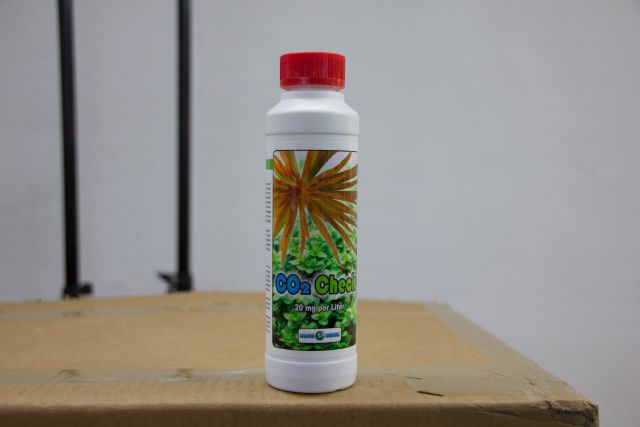
Here, an object (Aqua Rebel bottle) was photographed with an open aperture of F/4 photographed. The object itself is sharp, but the background is blurry.
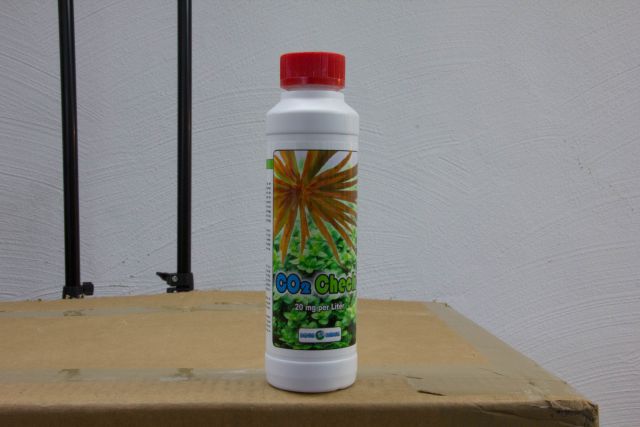
The f-number is now at F/25. Here the background is clearly visible, including the furrows of the rough plaster on the white wall.
Motion Sharpness: This describes how sharply moving objects are imaged. The fastest objects in an aquarium are certainly the fish living in them. In order to image their fast movements as sharply as possible, a very short exposure time is required during photography. This is referred to as the so-called shutter speed, which is given in fractions of a second. Very fast shutter speeds ensure sharp photos, but unfortunately at the expense of the brightness of an image. On the other hand, very long shutter speeds produce much brighter photos.
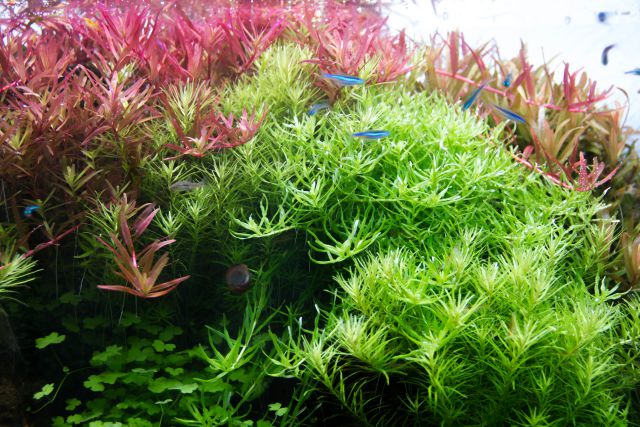
With a slow shutter speed of 1/30 second, fish movements are blurred.
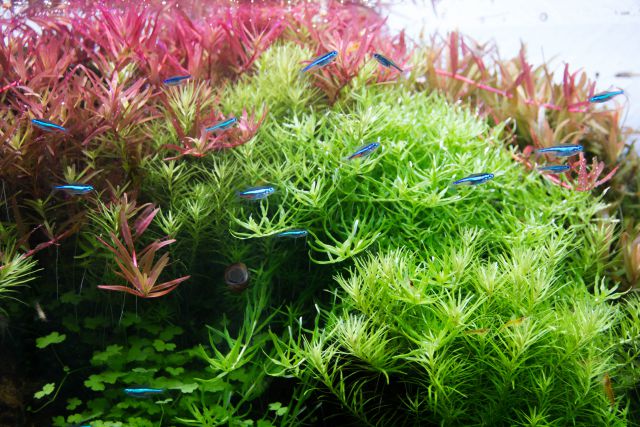
A fast shutter speed of 1/125 seconds sharpens the quick-moving fish.
ISO value: The ISO value describes the photosensitivity of the image sensor. With higher ISO numbers, photos can be brightened accordingly. If, for example, short shutter speeds and / or higher F-values are required for more depth of field, the light reduction of the photo can be compensated by higher ISO numbers. Unfortunately, this also has disadvantages, because the so-called noise component of the image is increasing. Contrast and sharpness decrease significantly at higher ISO values, in addition, the amount of off-color pixels increases.
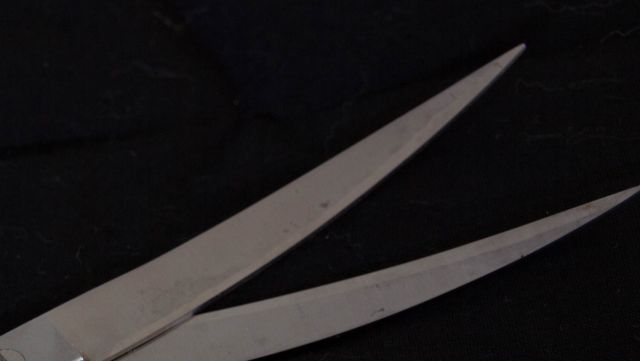
A detail of scissors shot with ISO 100.
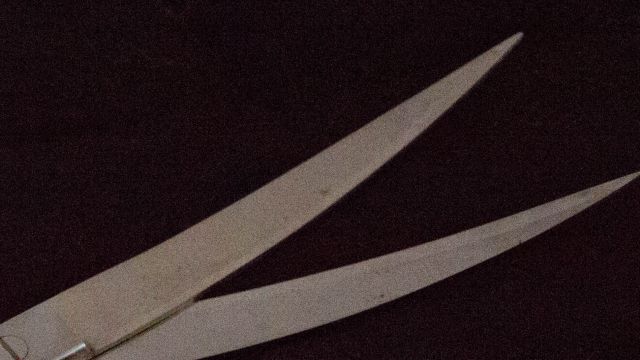
The same section shot with an ISO of 6400. Pixelations clearly visible.
Conclusion
Related to aquarium photography, this means:
- We want an aquarium that is as sharp as possible in all planes (depth of field). This is achieved by a higher aperture value, but it costs us brightness.
- We want to portray our moving animals as sharply as possible. This requires a fast shutter speed - also at the expense of brightness.
- A higher ISO value compensates for the light reduction that comes with the previous two points, but it may result in very pixelated, “noisy” photos.
In the next article, we will discuss this topic in more detail and explain how you can increase the light factor in a photo production for a final shot in order to achieve the best possible aquarium pictures.